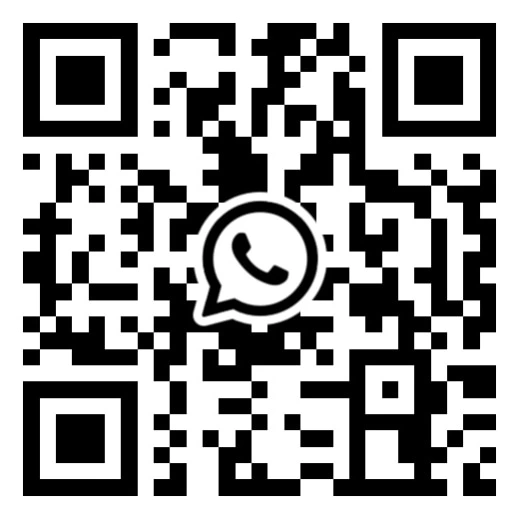Advantages and Disadvantages of Electromagnetic Flowmeter
Electromagnetic flowmeter is an inductive instrument that measures the volume flow of conductive media in a pipe according to Faraday's law of electromagnetic induction. Structurally, the electromagnetic flowmeter consists of a sensor that directly contacts the pipe medium and an upper signal converter. It is now widely used in industrial technology and management departments such as chemical industry, environmental protection, metallurgy, medicine, papermaking, water supply and drainage.

Main advantages of electromagnetic flowmeter
(1) The output of the electromagnetic flowmeter is only proportional to the average flow velocity of the measured medium, and has nothing to do with the flow state (laminar or turbulent) under symmetrical distribution. Therefore, the range of the electromagnetic flowmeter is extremely wide, and its range ratio can reach 20:1, and some can even reach a range ratio of 100:1.
(2) The caliber range of industrial electromagnetic flowmeters is extremely wide, ranging from a few millimeters to several meters, and there are actual flow calibration equipment with a caliber of up to 3m in China, which has laid the foundation for the application and development of electromagnetic flowmeters.
(3) The sensor structure of the electromagnetic flowmeter is simple, there are no moving parts in the measuring tube, and there are no throttling parts that hinder the flow of fluid. Therefore, when the fluid passes through the flowmeter, it will not cause any additional pressure loss. It is one of the flowmeters with the lowest operating energy consumption.
(4) The electromagnetic flowmeter has no mechanical inertia and is sensitive to reaction. It can measure instantaneous pulsating flow and flow in both positive and negative directions.
(5) It can measure the flow of dirty media, corrosive media and suspended liquid-solid two-phase flow. This is because there is no obstruction to the flow inside the measuring tube of the instrument. The only parts in contact with the measured fluid are the measuring tube lining and electrodes. The materials can be selected according to the properties of the measured fluid. For example, using polytrifluoroethylene or polytetrafluoroethylene as the lining can measure various corrosive media such as acids, alkalis, and salts; using wear-resistant rubber as the lining is particularly suitable for measuring liquid-solid two-phase flows such as ore slurry and cement slurry with solid particles and large wear, as well as various suspended liquids such as fiber-containing liquids and pulp.
(6) The electromagnetic flowmeter is a volume flow measurement instrument. During the measurement process, it is not affected by the temperature, viscosity, density and conductivity (within a certain range) of the measured medium. Therefore, electromagnetic flowmeters can be used to measure the flow of other conductive liquids after being calibrated with water.
Main disadvantages of electromagnetic flowmeters
(1) They cannot be used to measure gas, steam, or liquids containing a large amount of gas.
(2) They cannot be used to measure liquid media with very low conductivity. For example, electromagnetic flowmeters are currently powerless for media such as petroleum products or organic solvents.






